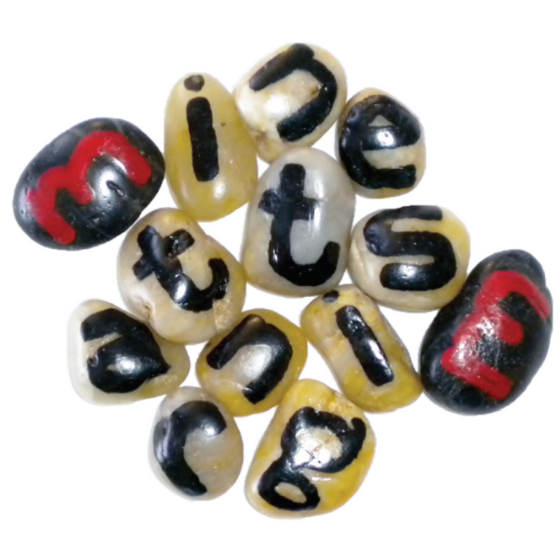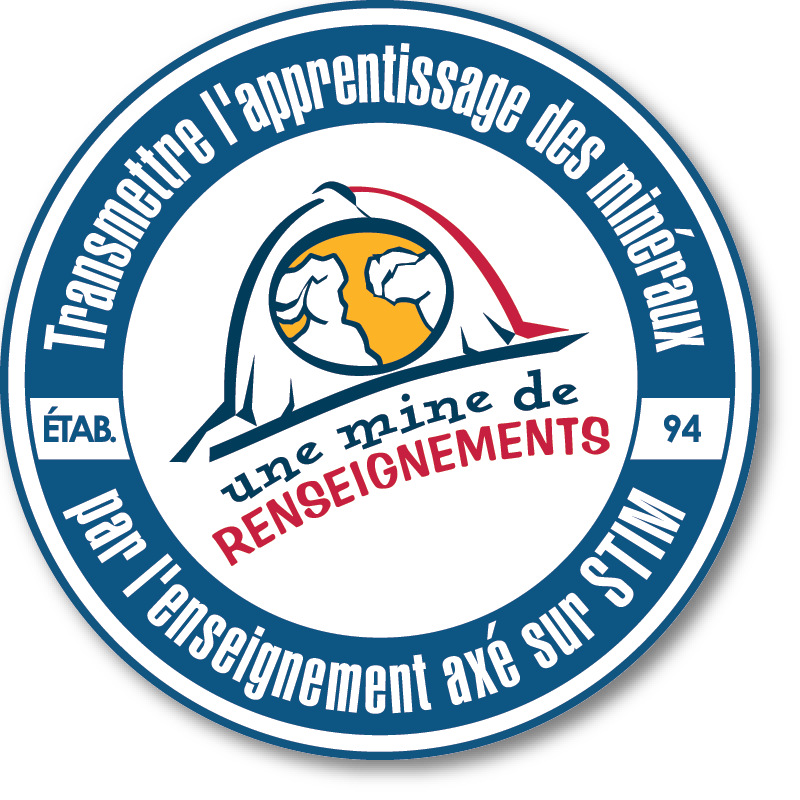Rock Walk ABCs
Background
People have long used natural materials such as bone, wood, shells, fibre or stone for artistic expression. Some of the most lasting creations have used rocks and minerals. Today, we can appreciate rock-based art created anywhere from many thousands of years ago to the present day because of the endurance of stone. From prehistoric pictographs (drawn or painted) and petroglyphs (carved) on cave walls and the famous Stone Age Venus figurines through to spectacular Greek friezes, intricately carved Asian temples (Angkor Wat) and Renaissance masterpieces, rocks and minerals have yielded incredible art.
Your kids can also produce works of art with rocks and minerals. First of all, they are natural collectors; how often do kids go home with rocks in their pockets? Ask them to use any rocks and minerals they have collected to create a short “show and tell” video to share. Naturally creative, they can then transform their rocks into beautiful pieces of art, with some additional lessons, guidance and resourcefulness.
Materials
- 26 or 52 rocks
- Liquid or solid water-based craft paint, various colours (e.g., Tempera, poster paints)
- Paint brushes, fine and broad tips
- Aprons and smocks (cotton, nylon, and/or polyester)
- Clear spray lacquer
Preparation
Take your kids on a rock walk where they can collect rocks along the way. Guide them to choose some with smooth surfaces that would be easy to paint. Your kids will paint the letters of the alphabet on the rocks, so you will need 26 or 52 rocks. Alternately, buy a collection of flattened, tumbled river stones.
Instructions
- Have kids put on aprons or smocks.
- Rinse the rocks to remove soil or dust that would prevent paint from adhering.
- Select a base colour paint for the rocks, e.g., white or black.
- With a broad brush, paint the base colour on the part of the rock that will serve as the face.
- Allow the paint to dry thoroughly. Drying time will depend on the type of paint used.
- With a fine brush and various paint colours, paint the 26 letters of the alphabet on the rocks, upper case letters only.
- Once the paint has completely dried, an adult should spray the rocks with clear lacquer to protect the paint from wear and tear.
- Follow steps 2 through 7 to create a second set of alphabet letters, this time with lower case letters.





